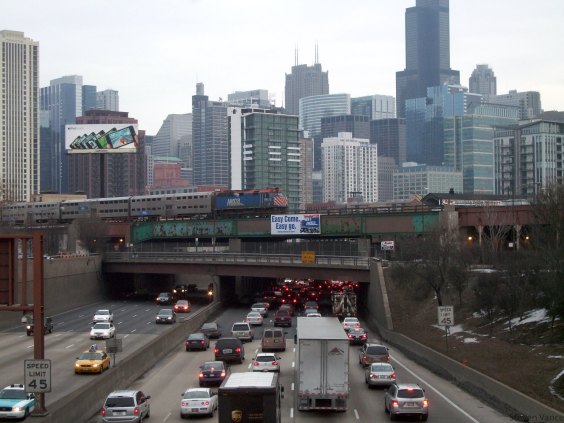"In the 1970s, Copenhagen was an automobile-centered city. Huge public demonstrations in the early 1980s resulted in significant changes in the transportation infrastructure and in the years since it has become of one the preeminent cycling cities in the world. How and why did this change come about? What kind of policies and design principles were put in place to make Copenhagen such a cycling-friendly city? What has been the result of this change? This round table Q&A session features Niels Jensen, Senior Traffic Planner, City of Copenhagen, along with other Danish, Dutch, Belgian and German bicycle transportation policy professionals."
Events
How Copenhagen Became a Cycling City
Stay in touch
Sign up for our free newsletter
More from Streetsblog San Francisco
Update: City of San Mateo Commission Votes Unanimously to Keep Humboldt Bike Lanes
"Streets belong to all 105,000 of us" says one of the commissioners as advocates celebrate a victory in the battle to save bike lanes
Caltrain Gets Award, Holiday Train Goes Electric
Caltrain unveils new holiday train as it receives accolades from the American Public Transportation Association





